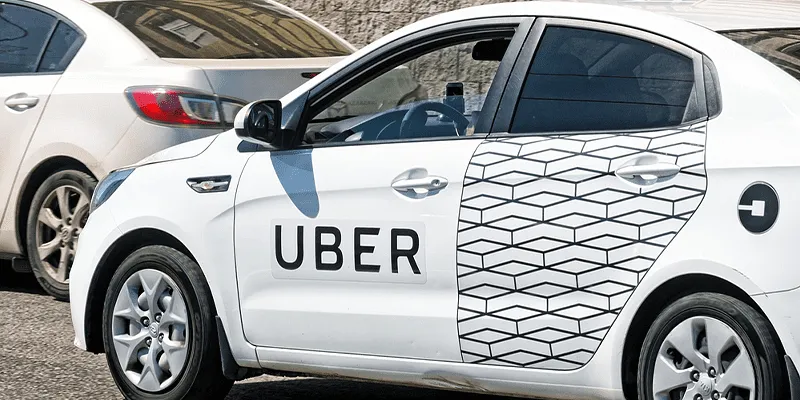Uber India business shows signs of strong recovery; auto bookings exceed pre-COVID levels
Uber Auto has been the stronger business driver for the company, with gross bookings for the segment exceeding pre-COVID levels.
India business is now showing strong signs of recovery, driven by increased demand for its low-cost products such as Uber Auto and Uber Moto, the company stated on Monday.
In a statement, the ride-sharing platform said some of its fastest recovering metro markets after the lockdown includes Kolkata, Hyderabad, and Mumbai.
In fact, Uber Auto's gross bookings, at present, has exceeded the pre-COVID levels with Mumbai, Delhi, Hyderabad, Mysore, Bhubaneswar, Jaipur, Nagpur, Indore, Nashik, and Kochi, showcasing the strongest growth.

Speaking on the development, Prabhjeet Singh, President, Uber India and South Asia, said,
“As cities start opening up and people begin moving again, we are witnessing renewed rider demand, which augurs well for drivers because it means we can continue to create livelihood opportunities for them so they can support their families.”
On the performance of Uber Auto, the company said, with fewer physical touchpoints, better air circulation, and social distancing measures in place, autos are largely being perceived as comparatively safer modes of transport.
Uber said the strong recovery in smaller towns underscores success for its 'India to Bharat' strategy, which offers new products in regional markets.
As cities open up and Uber’s markets recover across India, the company said it is doubling down to provide drivers on its platform improved earnings and optimum utilisation of their time.
However, given the COVID-19 pandemic continues, Uber continues to make safety a top priority through measures like procuring safety supplies for drivers, high-quality safety screens for cars and auto-rickshaws, and implementing other technology-led solutions.
The onset of nationwide lockdown in March last year had the most forceful impact on India's mobility segment, with businesses virtually coming to a halt. Though, with the subsequent relaxation of the lockdown restriction, there have been some signs of a small recovery.
However, on the other hand, the work from home environment and use of personal vehicles had dented the hopes of any early recovery.
Edited by Suman Singh








